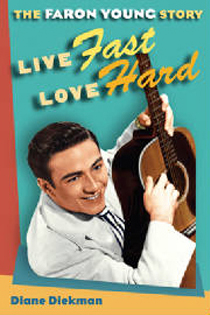
In my previous blog posting, I mentioned jigsaw puzzles. They were popular in our house when I was growing up, and my husband still enjoys them. Although he has to fight off the cats who love to lay on the piece, push them off of the card table where he lays out his puzzles and stretch and roll around on the pieces he fits together until it all comes apart.
Seemed like Mom usually had a puzzle underway when we were still kids at home. I thought my girlfriend's mother was so clever when she glued the puzzles to a board and hung them as wall art.
One of my first Christmas presents was a puzzle of the United States, an example of a dissected map, I later learned. Other than this educational wooden U.S. map, my experience with puzzles have been of the cardboard variety.
It wasn't until I googled the topic that I realized what an interesting history these puzzles have and how many people collect and love them.
Daniel McAdam explained on the
American Jigsaw Puzzle Society webpage that, "It is generally agreed the first jigsaw puzzle was produced around 1760 by John Spilsbury, a London engraver and mapmaker. Spilsbury mounted one of his maps on a sheet of hardwood and cut around the borders of the countries using a fine-bladed marquetry saw."
According to Anne D. Williams, puzzles became so popular at the turn of the 19th century that Parker Brothers stopped making games and devoted all of their efforts to producing puzzles. But, the real peak of puzzle consumption came during The Great Depression, again, according to Williams.
"With the onset of the Great Depression in 1929, puzzles for adults enjoyed
a resurgence of popularity, peaking in early 1933 when sales reached an
astounding 10 million per week. Puzzles seemed to touch a chord, offering an
escape from the troubled times, as well as an opportunity to succeed in a
modest way. Completing a jigsaw gave the puzzler a sense of accomplishment
that was hard to come by when the unemployment rate was climbing above 25
percent."
Out of the Great Depression came the Rolls Royce of puzzles, the
Par Puzzles . These were
uniquely designed with the buyer in mind, sometimes including their names cut into the pieces. Other puzzles featured various recognizable shaped pieces -- dogs, human figures, 4-leaf clovers....
Williams has amassed a collection of more than 8,000 puzzles and has written several books on the subject of jigsaw puzzles. Just this year she was awarded the Spilsbury Award by the Association of Games and Puzzle Collectors.
Puzzles seem an inexpensive item to collect and of course easy to find. And the type of puzzle collection seem endless. Whether choosing the topic featured on the front of the puzzle -- ancient art, light houses, famous faces -- to the materials such as wooden puzzles -- to the manufacturers. And Ms. Williams has put together the history as well as collection information for anyone interested.























No comments:
Post a Comment